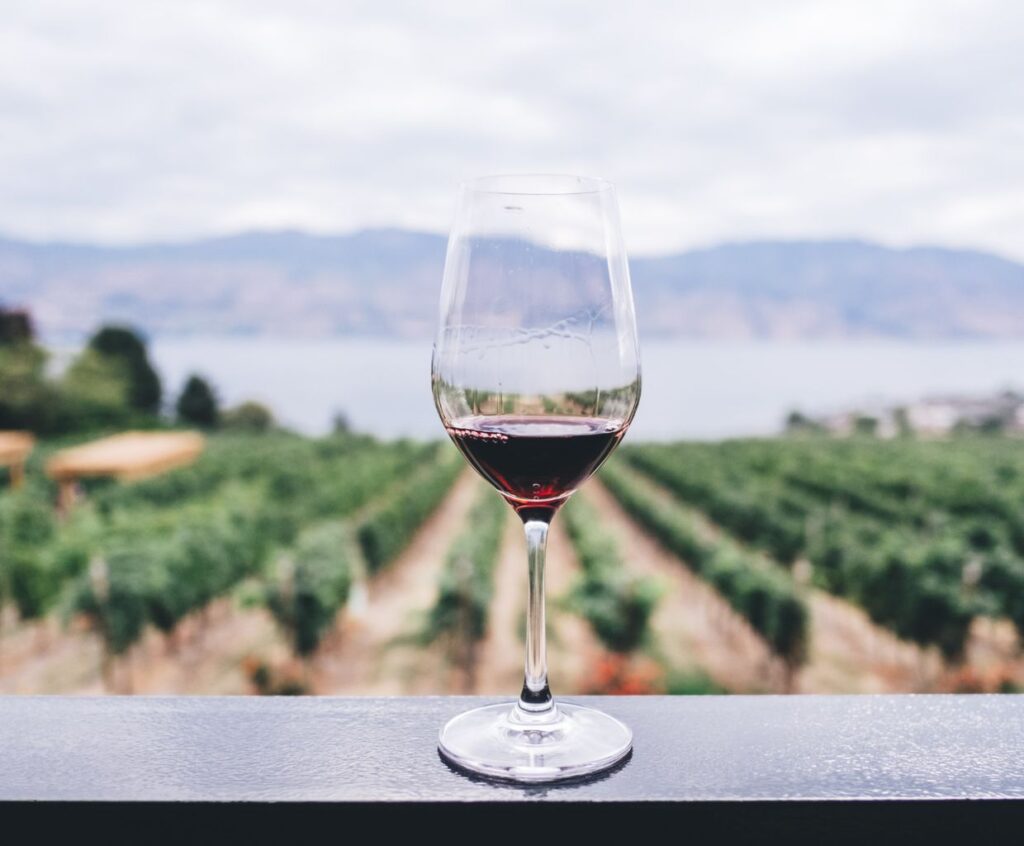Everything You Need To Know About Porto Wines
Welcome to the world of Porto wines! If you are a wine enthusiast or simply curious about this renowned Portuguese fortified wine’s different types, styles, and production methods, you’ve come to the right place.
In this article, we will take a closer look at the fascinating world of Porto wines, exploring their various characteristics and shedding light on the intricate process behind their production.
Types of Porto Wines
Porto wines come in various types, each offering a unique flavor profile and experience. Here are some of the most common types:
-
- Tawny Porto: Known for its amber color and nutty, caramelized taste, Tawny Porto is aged in wooden barrels, allowing it to develop a smooth and mellow flavor over time.
-
- Ruby Porto: Vibrant and full-bodied, Ruby Porto is aged for a shorter period, resulting in a fresher and fruitier taste. It is characterized by its deep red color and notes of berries.
-
- White Porto: Unlike its red counterparts, White Porto is made from white grapes. It offers a lighter and more delicate flavor, often with hints of citrus and honey.
-
- Vintage Porto: Considered the crème de la crème of Porto wines, Vintage Porto is made from the finest grapes of a single exceptional year. It is aged in bottles and can be enjoyed for decades, boasting complex flavors and a rich, velvety texture.
Styles of Porto Wines
Porto wines can also be categorized into different styles, each with its distinct characteristics:
Ruby Styles:
-
- Ruby Reserve: Aged longer than basic Ruby Porto, Ruby Reserve offers a more refined taste with deeper flavors.
-
- Late Bottled Vintage (LBV): Made from grapes harvested in a specific year, LBV Porto is aged in barrels for more extended, resulting in a smoother and more complex taste.
Tawny Styles:
-
- 10-Year-Old Tawny: As the name suggests, this Tawny Porto is aged for a minimum of 10 years, producing a balanced and nutty flavor.
-
- 20-Year-Old Tawny: Aged for two decades, this style offers a more intense and concentrated taste with pronounced dried fruit notes.
-
- Colheita: Made from grapes harvested in a specific year, Colheita Porto is aged in barrels for a minimum of seven years. It showcases the characteristics of that particular vintage.
Production Methods
The production of Porto wines involves several key steps:
-
- Grape Harvesting: The grapes used for Porto wines are typically hand-picked to ensure the highest quality.
- Fermentation: The grapes are crushed and fermented, usually with grape brandy, which stops the fermentation process and preserves the wine’s natural sweetness.
- Fortification: After fermentation, the wine is fortified with grape brandy, which increases its alcohol content and gives Porto wines their characteristic sweetness.
- Aging: Porto wines are aged in wooden barrels, typically oak, allowing them to develop unique flavors and aromas.
- Blending: Blending different wines of various ages and styles is crucial in creating complex and balanced Porto wines.
- Bottling: Once the desired flavors and characteristics have been achieved through aging and blending, the wines are bottled and often continue to evolve in the bottle over time.
So whether you’re sipping a rich and velvety Vintage Porto or enjoying the nutty complexities of a Tawny Porto, each glass of Porto wine is a testament to the centuries-old tradition and craftsmanship that goes into its production. Explore the world of Porto wines and discover your favorite type and style!
How are Porto wines produced, and what are the critical production methods involved in creating these unique wines?
Porto wines, also known as Port wines, are produced in the Douro Valley region of Portugal. The production methods for Porto wines are unique and involve several vital steps.
1. Grapes Selection: The process begins with carefully selecting grapes. The grapes used for Porto wines are native Portuguese grape varieties such as Touriga Nacional, Tinta Roriz, and Touriga Franca. These grapes are known for their rich flavors and suitability for winemaking.
2. Harvesting: The grapes are hand-picked from the vineyards in the Douro Valley. The harvest timing is crucial as the grapes need the right balance of sugar, acidity, and phenolic compounds to produce high-quality wines.
3. Crushing and Fermentation: After harvesting, the grapes are crushed to release the juice. The crushed grapes, including the skins, seeds, and stems, are placed in fermentation tanks or lagares. Lagares are traditional stone tanks used for foot treading, where workers crush the grapes with their feet. This traditional method is still practiced in some wineries. The fermentation process begins, converting the sugars in the grape juice into alcohol.
4. Fortification: To create Porto wines, fermentation is stopped before all the sugars are converted into alcohol. This is done by adding a grape spirit, aguardente, to the fermenting wine. Adding aguardiente stops the fermentation and preserves the grapes’ natural sweetness.
5. Aging: After fortification, the wine is transferred to oak barrels or casks for aging. The aging process is crucial to imparting unique flavors and characteristics to Porto wines. The wines may age for varying periods, ranging from a few years to several decades. During this time, the wines undergo oxidation and interact with the wood, acquiring flavors of nuts, dried fruits, and spices.
6. Blending: Porto wines are often produced by blending different wines from multiple vintages and vineyards. This blending process allows winemakers to create consistent and balanced wines with a unique flavor profile. The blending process also contributes to the complexity and richness of Porto wines.
7. Bottling: The Porto wines are bottled after aging and blending. Some Porto wines may continue to age in the bottle, developing further complexity and character over time.
It is worth noting that there are different styles of Porto wines, including Tawny, Ruby, Vintage, Late Bottled Vintage (LBV), and White Porto. Each style has specific production methods and aging requirements, resulting in diverse flavors and characteristics.





